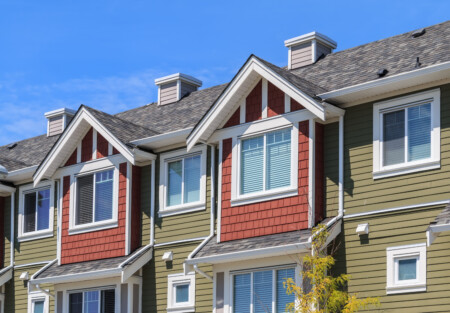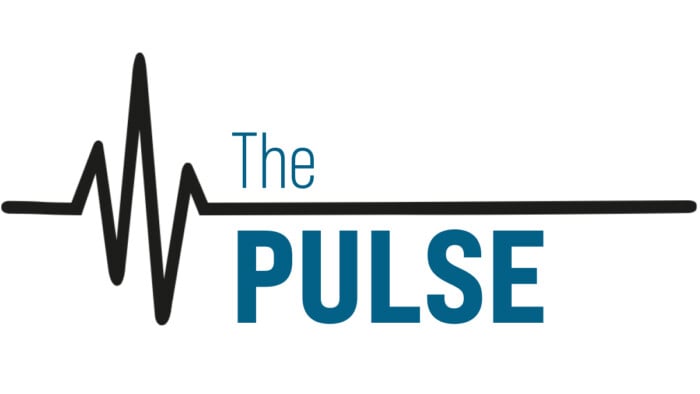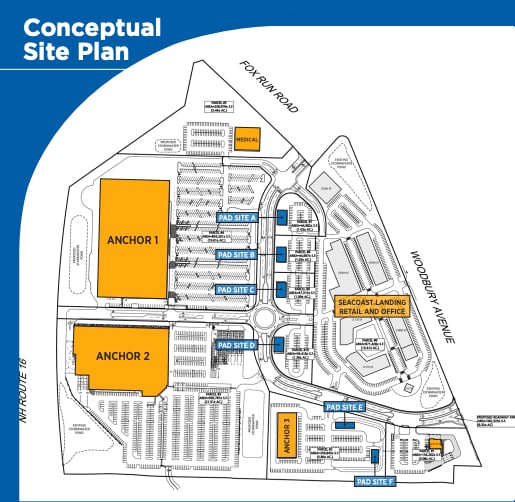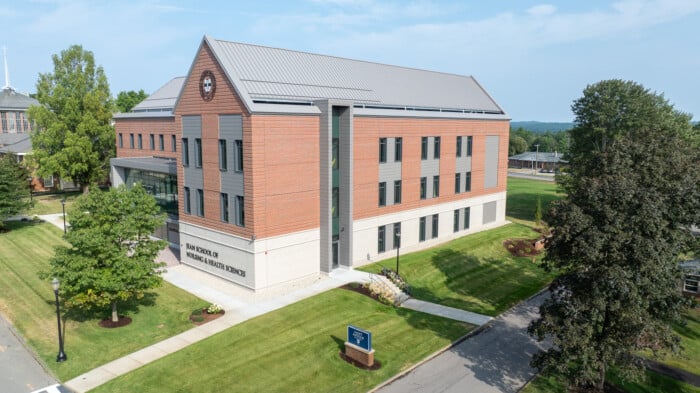Residential real estate trends — from supply to interest rates to median price — have improved incrementally since January.
Nine months of data from the New Hampshire Association of Realtors (NHAR) and others — three full quarters from January through September — show the following:
- The number of homes for sale has increased steadily from 1,304 in January to 2,669 in September;
- The average interest rate on a 30-year fixed mortgage improved from 6.96% in January to 6.35% in September;
- The supply of residential homes (as measured by months supply — how long it would take to sell all the homes currently on the market) improved from 1.3 in January to 2.6 in September;
- The median price of a single-family home in the state has dropped from its record high of $569,450 in June to $532,000 in September.
But those trends belie a still turbulent residential real estate market in New Hampshire.
“The good news is that more homes are for sale than in recent years. However, we are still a long way from pre-COVID levels of homes on the market,” said Susan Cole, NHAR president and owner/broker of Susan Cole Realty in Lebanon.
She noted the positive fact that the 2,669 single-family homes that were on the market in September was more than the 2,177 homes on the market in September 2024.
“However, that is still down significantly from the 5,010 homes in September 2019,” Cole said.
Certain counties in the state, along with individual communities, are still seeing significant increases in home prices, while others areas are seeing a median home price come down. And affordability continues to be a challenge, as Granite Staters with average incomes aren’t making nearly enough to afford the average-price house here.
But there are subtle shifts in the landscape.
Even the pricey Seacoast region is seeing an ever-so-slight trend toward a market that doesn’t favor just the seller, according to Seacoast Board of Realtors President Lexi Leddy.
The Seacoast board reported that September median single-family sales prices in its 13 sample communities dropped to the lowest level since December 2024 as inventory reached the highest level since June 2020.
“With mortgage interest rates and median ask prices moderating, the climate has definitely improved for buyers,” said Leddy, owner/broker of Lexi Leddy Real Estate in Rye. “It’s also good to see inventory levels steadily climbing towards pre-COVID levels.”
The 13 Sample Seacoast Towns are Exeter, Greenland, Hampton, Hampton Falls, New Castle, Newfields, Newington, North Hampton, Newmarket, Portsmouth, Rye, Seabrook and Stratham.
The board said the median price of a single family home in September was $804,500, the lowest in nine months.
In its September report, the NHAR noted that the $535,000 median price for a single-family is 2.9% more than it was in September 2024. A townhouse/condominium was $407,250, a 0.7% drop from a year ago.
According to the NHAR data for September, four counties saw single-family price drops in September from a year ago: Belknap (-3.5%), Cheshire (-4.8%), Coos (-2.2%) and Sullivan (-1.8). The remaining six saw increases: Carroll (+2.0%), Grafton (+1.1%), Hillsborough (+11.1%), Merrimack (+1.5%), Rockingham (+4.7%), and Strafford (+7.2%).
Here is how the single-family median prices stood by county in September:
Belknap $530,500
Carroll $510,000
Cheshire $395,000
Coos $225,000
Grafton $475,000
Hillsborough $570,000
Merrimack $500,000
Rockingham $665,000
Strafford $520,000
Sullivan $412,500
For condos, the data show price drops in four counties: Cheshire (-1.1%), Rockingham (-5.8%), Strafford (-2.6%), and Sullivan (-4.4%). There were increases in the remaining six: Belknap (+19.9%), Carroll (+12.0%), Coos (+253.4% on two sales), Grafton (+9.0%), Hillsborough (+(0.5%) and Merrimack (+23.5%).
Here is how the median prices stood by county in September for condominiums:
Belknap $416,000
Carroll $495,000
Cheshire $266,500
Coos $2,067,313, two sales
Grafton $365,000
Hillsborough $377,000
Merrimack $364,450
Rockingham $499,000
Strafford $355,000
Sullivan $361,000
“Certain areas of the state, like Rockingham and Hillsborough Counties, are still seeing significant increases in home prices, while others areas like Belknap County are seeing a median home price come down. In my hometown of Lebanon prices are still rising while some of the small towns are seeing prices stabilize,” Cole said.
Market watchers are waiting to see what will happen with mortgage interest rates in the long-term now that the Federal Reserve has dropped the prime rate by a quarter of percent and has forecast a willingness for further reductions this year.
FannieMae forecasts that average mortgage rates are expected to end 2025 at 6.4% and 2026 at 5.9 percent.
There are areas of the country where, after the first six months of the year, mortgage rates fell to below 6% and even 5%, according to a report and survey by WalletHub.
Its review of states where mortgage rates are falling the fastest showed Alabama at the top of the list, having seen an average 16.65% reduction in the average mortgage rate during the first six months of 2025 versus the first six months of 2024. Its average mortgage rate for the period was 4.82%, according to the WalletHub study.
New Hampshire ranked 38th with a 10.36% reduction over the first six months to a rate of 6.37%.
“Lower mortgage rates are undoubtedly helping bring more buyers and sellers into the market,” Cole said. “I am seeing 6.2% rates now as opposed to 7% earlier this summer. That lower rate can save buyers hundreds of dollars in monthly mortgage payments.”
Mortgage rates are an important part of the affordability equation, and affordability has been a real challenge in New Hampshire.
The real estate industry’s affordability index is based on 100 — meaning that the average earning household has exactly enough money to afford an average priced house in a given market.
New Hampshire’s affordability index hasn’t been 100 since early 2022. September’s affordability index was 58 for a single-family and 77 for a condo.
On the commercial real estate side, a September report from an analyst at Colliers International says that the “market is experiencing heightened competition across multiple sectors” that involve industrial, commercial and multifamily residential development.
Written by Andrew Robbins, a senior associate in the Colliers Portsmouth office, the report highlights what the streamlining of the permitting process has done for certain communities in the state.
“Communities that have prioritized streamlined permitting processes are reaping the economic benefits, with towns like Salem, Londonderry, Manchester and Merrimack seeing the most development activity and investment interest,” Robbins said. “These growth-focused municipalities have created efficient approval processes that can save developers months compared to more restrictive regional markets, directly translating into increased tax revenue and job creation within their borders.”
He cited recent moves by companies from Massachusetts to New Hampshire because of what Robbins described as the state’s “competitive advantages,” such as no sales or income tax.
Among the moves Robbins noted were:
- Analogic Corp., which moved its headquarters from Peabody, Mass., to Salem, bringing 500 employees/jobs to the state;
- Lilly’s Fresh Pasta relocating from Everett, Mass., to a new 50,000-square-foot facility in Manchester.














